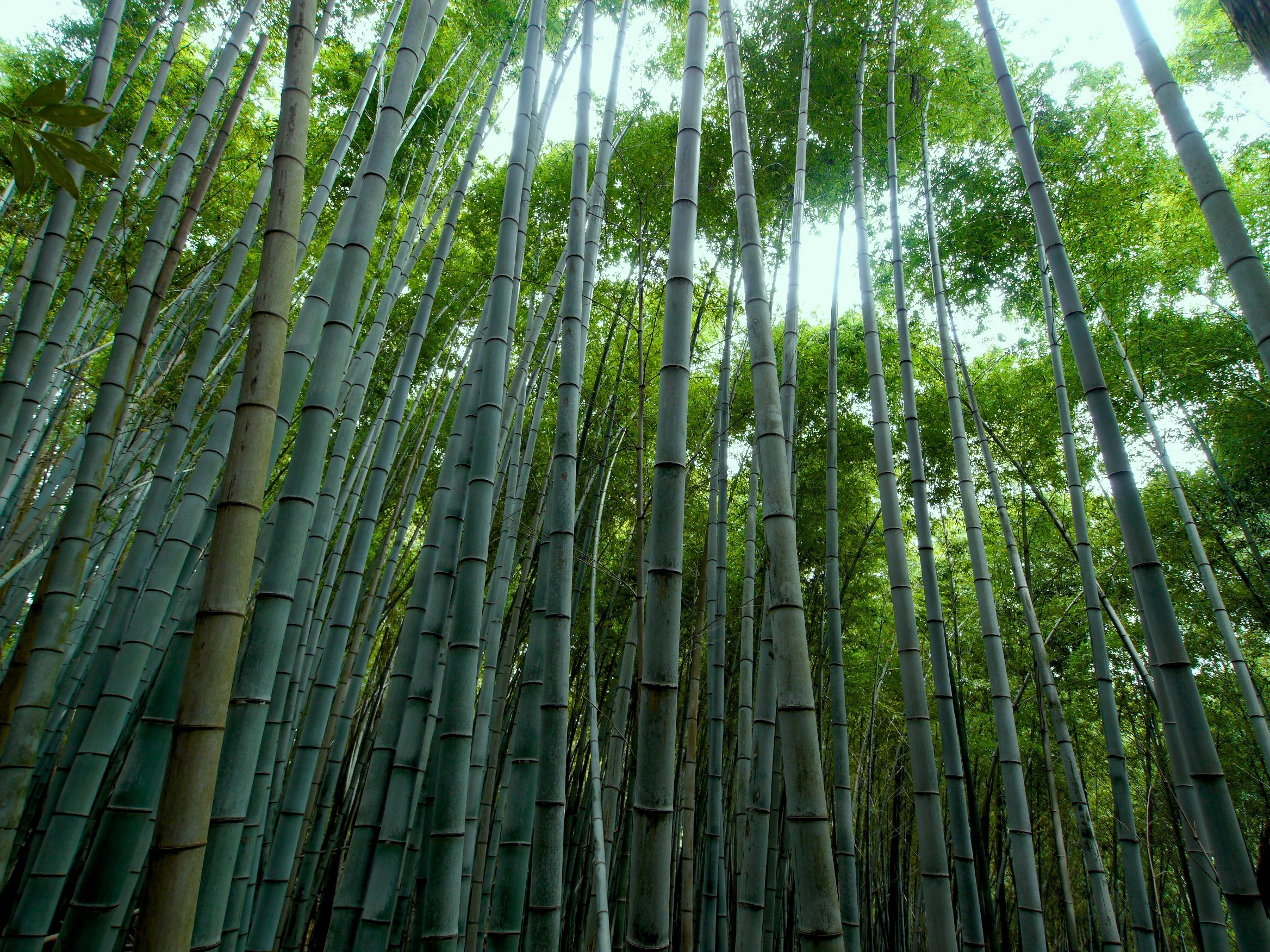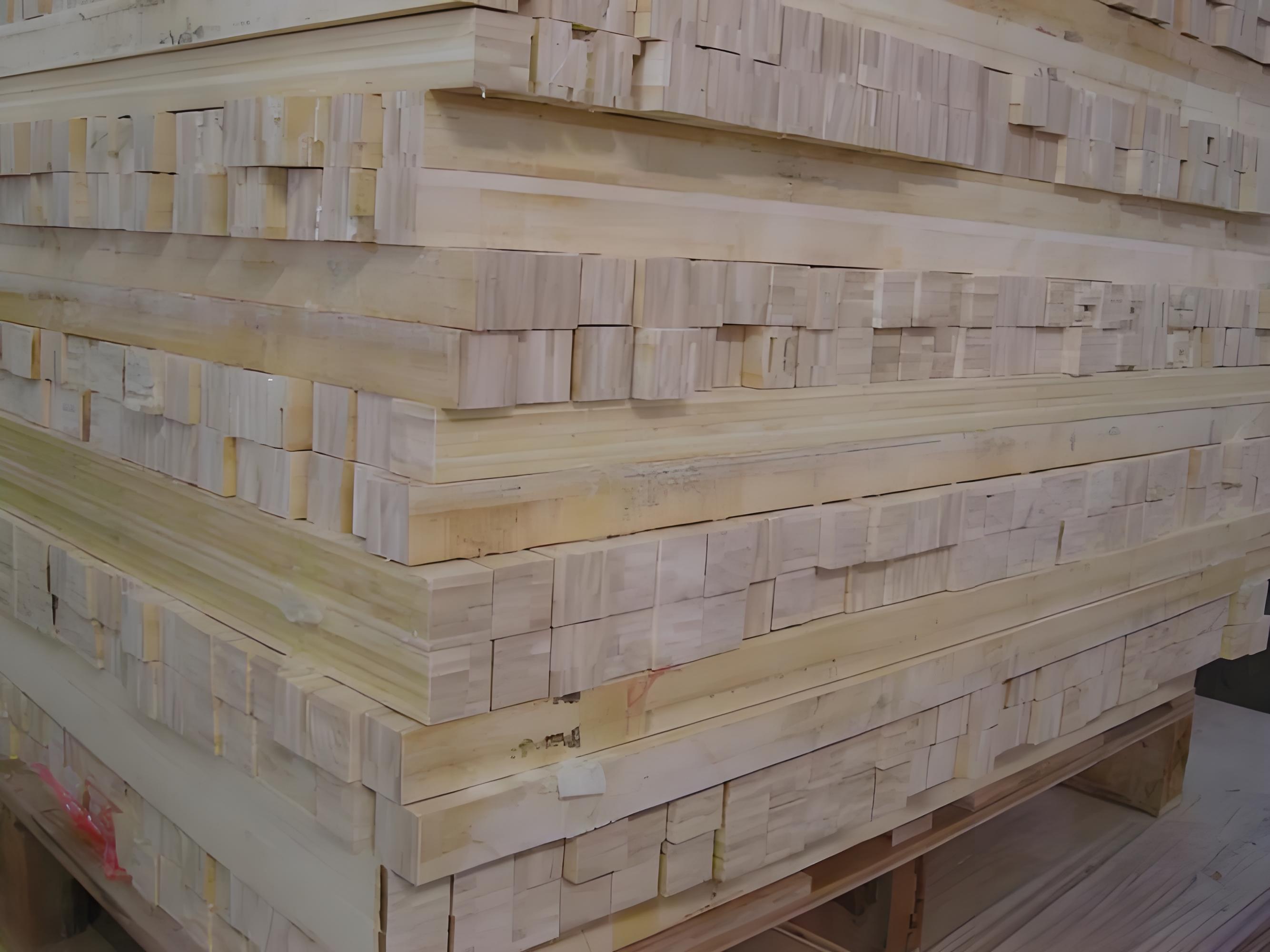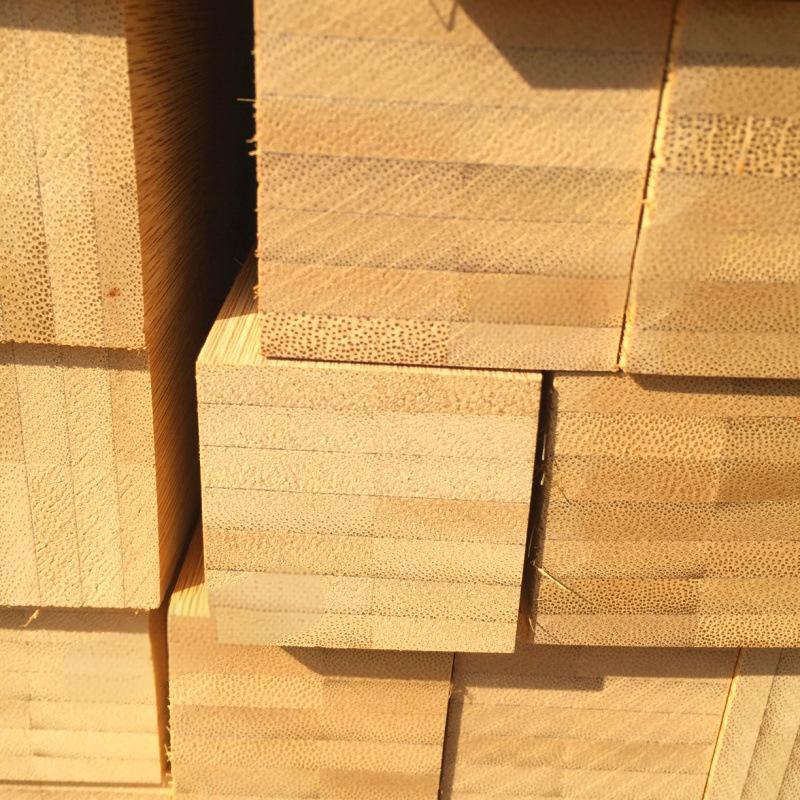Sustainable construction practices have become paramount in an era marked by increasing environmental concerns. Bamboo stands out for its rapid growth, renewability, and strength among the array of eco-friendly materials available. As the demand for sustainable building materials continues to rise, understanding the process of transforming bamboo into lumber becomes essential.
1. Harvesting:
The journey of bamboo lumber begins with careful harvesting. Unlike traditional trees, bamboo matures within a few years, making it a highly renewable resource. Harvesting typically occurs when the bamboo culms, or stems, reach their optimal size and strength, which varies depending on the species and intended use.
2. Treatment:
Once harvested, bamboo undergoes treatment to enhance its durability and longevity. The treatment process typically involves removing the outer layer of the culms to expose the dense inner fibers. This is followed by treatment methods such as boiling, pressure treatment, or chemical immersion to eliminate pests, fungi, and moisture.
3. Processing:
After treatment, the bamboo culms are ready for processing into lumber. This involves cutting the culms into desired lengths and splitting them into strips. These strips are then flattened and glued together under pressure to form boards. The size and shape of the boards can vary depending on the intended application, whether it be flooring, furniture, or structural components.
4. Finishing:
Once the bamboo boards are formed, they undergo finishing processes to achieve the desired appearance and properties. This may involve sanding, staining, or sealing to enhance the aesthetics and protect against moisture, UV exposure, and wear.
Benefits of Bamboo Lumber:
Sustainability: Bamboo is a highly renewable resource, with some species growing up to 91 cm (36 inches) in a single day.
Strength and Durability: Despite its lightweight nature, bamboo exhibits remarkable strength, making it suitable for a wide range of applications.
Versatility: Bamboo lumber can be used for various construction purposes, from flooring and decking to structural beams and furniture.
Eco-Friendly: The production of bamboo lumber has minimal environmental impact compared to traditional timber harvesting, helping to preserve forests and biodiversity.
As the global construction industry seeks sustainable alternatives to traditional building materials, bamboo lumber emerges as a promising solution. By understanding the process of converting bamboo into lumber and harnessing its inherent properties, builders and homeowners alike can contribute to a greener, more eco-friendly future.
Incorporating bamboo lumber into construction projects not only reduces the environmental footprint but also promotes economic development in regions where bamboo is abundantly grown. Embracing this versatile and sustainable material paves the way for a more resilient and environmentally conscious built environment.
Post time: Apr-23-2024








